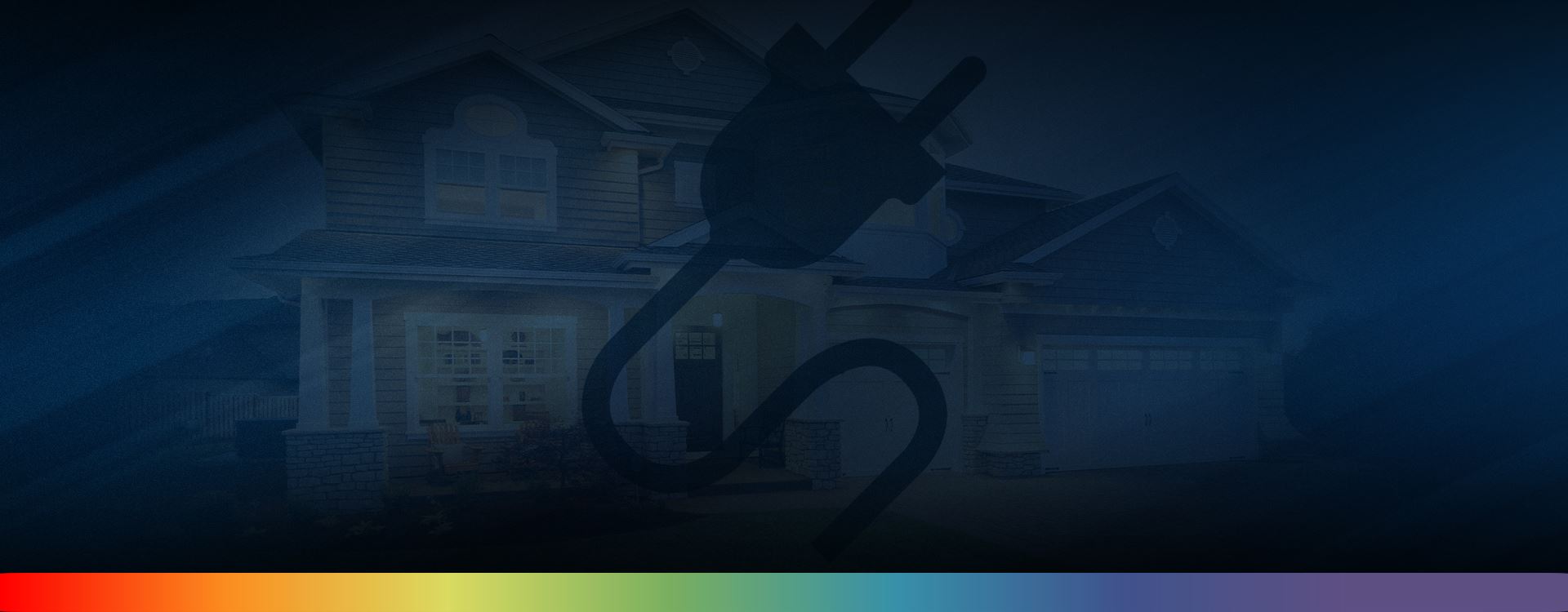What types of smoke detectors are best for your home? How should they be placed for greatest effect and to meet building codes?
Smoke detectors can alert us to almost any type of fire. One type that often goes overlooked are fires caused by lightning strikes. We often think about lightning damage to electrical systems, trees, and buildings. But it can also ignite flammable materials, which can smolder for long periods before becoming a dangerous fire. This can happen on roofs or in attics where a fire might not be easily noticed.
There are several kinds of smoke detectors, but which is right for your home?
Smoke detectors can be classified by their power sources. The first type is the familiar battery-only smoke detector, which rely on an internal battery for power. These smoke detectors are individual units that are easy to install and fairly inexpensive. This makes them especially useful in older homes. They are also available in several styles, each associated with a specific room: bedroom, kitchen, living room, etc. Many have long-lasting batteries that can be good for up to ten years. (This can vary, so make sure to check the documentation that comes with the smoke detector.) These batteries can help you avoid the warning “chirps” of a low-powered smoke detector for a very long time.
The other type of smoke detectors are 120 volt (or 120v) units with battery backups. These smoke detectors are connected to your home’s electrical system and usually run off it. (They do have battery backups in case the power goes out.) These smoke detectors must be installed by an electrician. Unlike battery-only smoke devices, 120v smoke detectors are interconnected. If one goes off, all the others will follow. This means you’ll be alerted to a fire much more quickly, anywhere in your home. The backup batteries in these units must also be replaced on a regular basis, just like battery-only smoke detectors.
Making sure your smoke detectors have power is important. The placement of the devices is also just as important. The National Fire Protection Association code requires 120v smoke detectors to be installed in and near each bedroom and on each habitable floor of a home. A carbon monoxide and smoke detecting unit must also be installed in the main living space. Smoke detectors should not be installed near HVAC vents or ceiling fans as these can keep the smoke away from the smoke detector.
Don’t be alarmed if your home’s smoke detectors don’t meet all of these requirements. While the number and placement of smoke detectors is set by local building codes, these only have to be met whenever a new building, plumbing, or electrical permit is being pulled. If this is the case, smoke detectors would need to be installed in all major areas of the home. If you’re just getting some small work done in one area, you wouldn’t have to bring your whole home “up to code. For instance, if you’re installing a ceiling fan or repairing a couple of electrical outlets, you wouldn’t have to change your smoke detectors.
For more information on smoke detectors, fire safety, and the building codes concerning them, visit the National Fire Protection Association’s website. If you’re looking to update the smoke detectors in your home or business, McCauley Electrical Service can help. Call us at (678) 324-3117.
